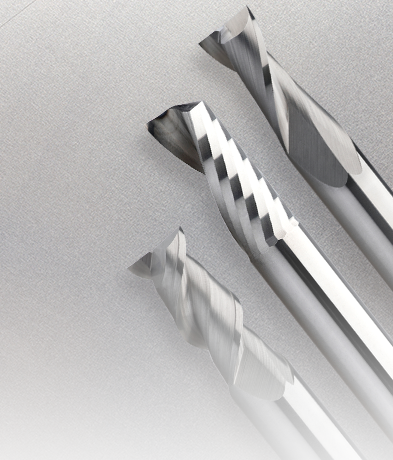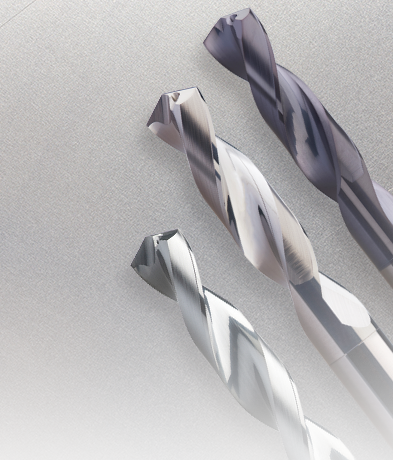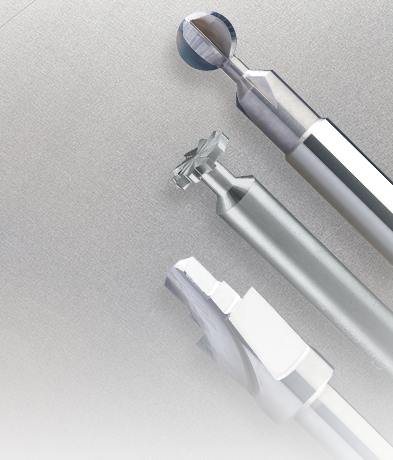Machining Knowledge
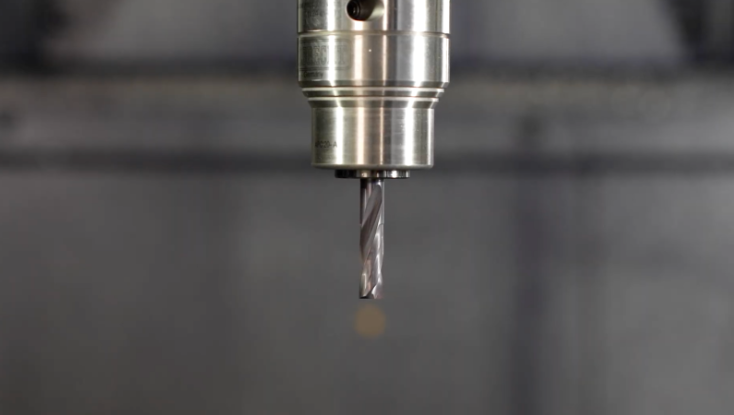
von HPMT
•
11. April 2025
Drilling is a fundamental process in machining, but choosing the right drill type can significantly impact efficiency, precision, and overall production costs. Flat Drills — such as HPMT’s Flat Drill W15 — offer specialized advantages for machining flat-bottomed holes with higher accuracy and reduced secondary operations.
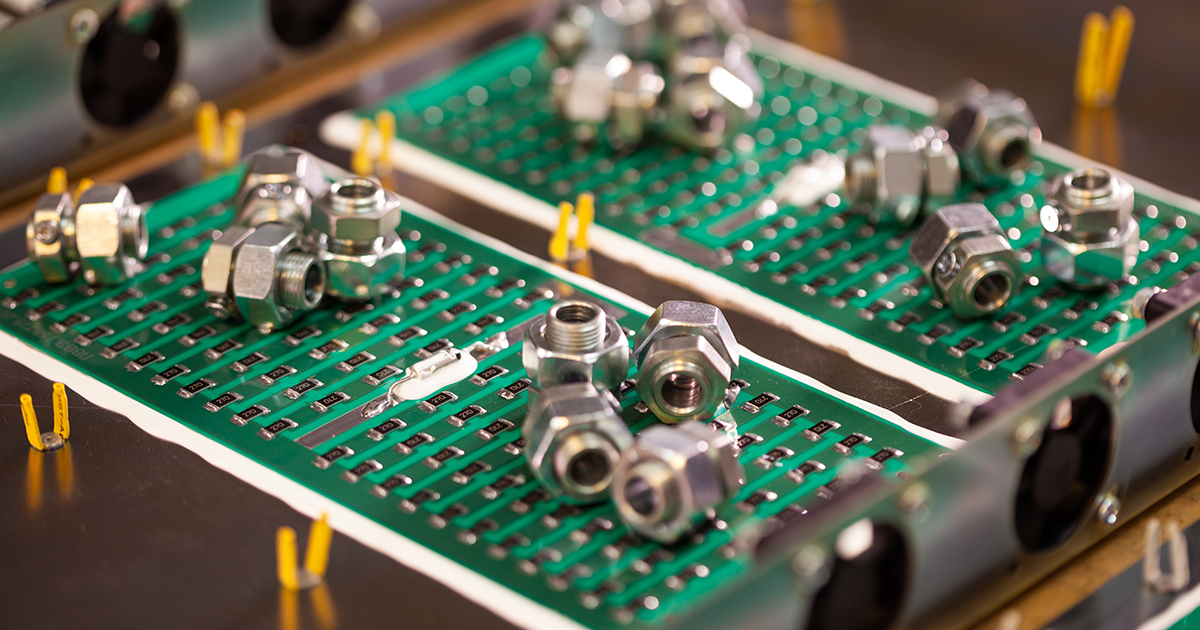
von hpmt marketing
•
20. Februar 2025
Balancing productivity, tool life, and cost efficiency is a constant challenge, and when one falters, the entire operation feels the impact. In the fast-paced world of semiconductor manufacturing, precision isn't just important—it's everything. Recently, a customer in the semiconductor industry approached us with a pressing problem: their tools were wearing out too quickly. This led to frequent tool replacements, extended downtime, and soaring operational costs. For a company driven by precision and efficiency, this was a roadblock that couldn’t be ignored.
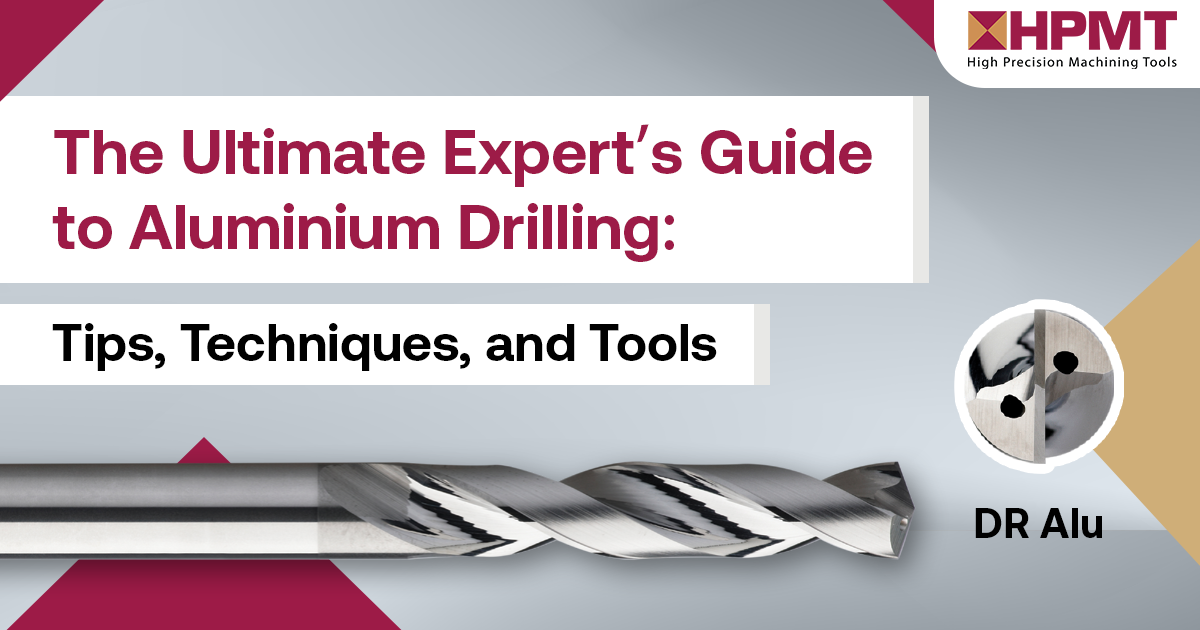
von HPMT
•
29. März 2024
Aluminium is a versatile and widely used material in machining, due to its lightweight yet durable properties. From the aerospace to automotive sectors, mastering the precision drilling of aluminium is paramount for achieving superior end products. In this comprehensive guide, we will explore the tips, techniques, and tools necessary to master the art of aluminium drilling. When it comes to drilling aluminium, using the right tools is crucial. Aluminium has unique characteristics that require specific machining tools designed for this material. Using improper tools can lead to poor results, including rough edges, burrs, and even damage to the material itself. To ensure the best outcome, it is essential to invest in high-quality machining tools specifically designed for aluminium drilling.

von HPMT
•
25. März 2024
When it comes to manufacturing, efficiency and precision are key factors that can greatly impact the success of a business. One tool that has proven to be invaluable in achieving these goals is the solid carbide tool. Solid carbide tools are mainly composed of hard and wear-resistant tungsten carbide particles, bonded by cobalt for strength. In this article, we will explore the various advantages of using solid carbide tools in manufacturing and how they can improve efficiency and precision in machining processes.
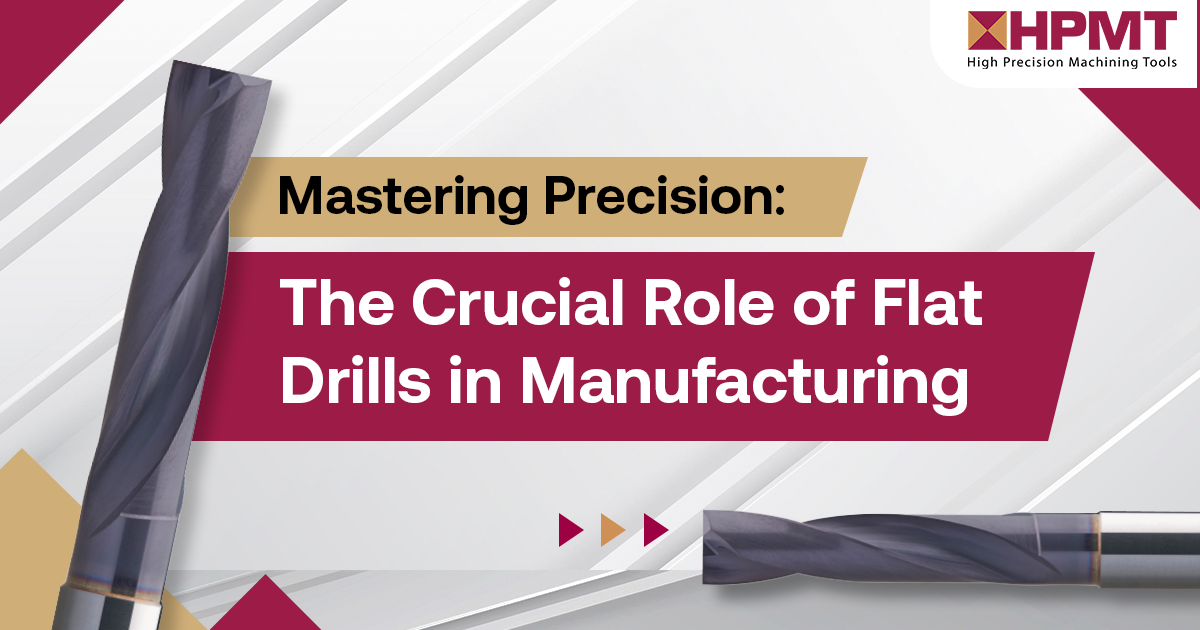
von HPMT
•
14. März 2024
When it comes to precision in manufacturing, every detail matters. The ability to create precise and accurate holes is crucial in many industries, from aerospace to automotive. That's where flat drills come into play. These machining tools are specifically designed to provide precise and clean-cut holes, making them an essential tool for any manufacturing process. Flat drills, also known as flat bottom drills are unique in their design. Unlike traditional drills that create round holes, flat drills have a flat cutting edge that produces holes with a flat bottom. This feature allows for greater precision and control, making them ideal for applications that require tight tolerances.
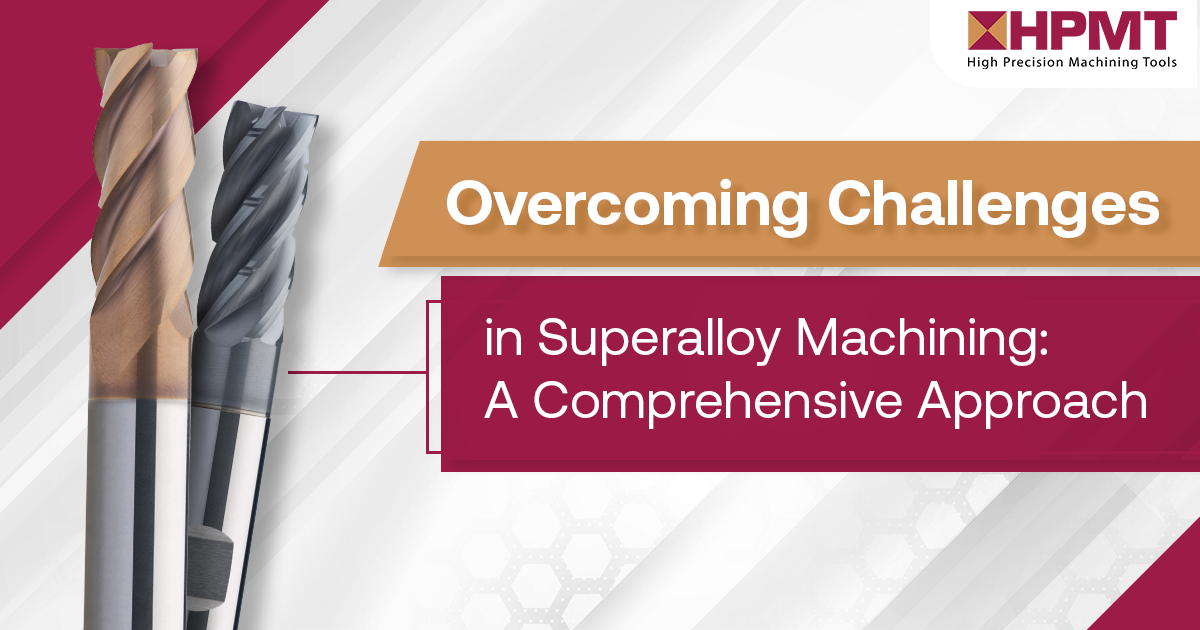
von HPMT
•
17. Januar 2024
Superalloys are a group of high-performance materials that exhibit exceptional strength, both heat and corrosion resistance. These unique properties make them crucial for a wide range of industries, including aerospace, automotive, and power generation. However, machining superalloys can be a daunting task due to their inherent challenges. In this comprehensive guide, we will delve into the intricacies of superalloy machining and provide you with valuable insights and strategies to overcome these challenges. Machining superalloys pose several challenges that stem from their unique material properties. Firstly, superalloys have high strength and hardness, making them difficult to cut. Their high melting points also contribute to increased tool wear and thermal deformation. Additionally, superalloys tend to harden during machining, leading to increased cutting forces and surface roughness. These challenges, combined with the need for tight tolerances and surface finish, demand precision machining techniques and specialized cutting tools. This is why precision machining plays a pivotal role in achieving the desired performance and functionality of superalloy components. The demanding applications of superalloys require tight tolerances and excellent surface finish to ensure optimal functionality, reliability, and longevity. By utilizing precision machining techniques, including high-rate machining and multi-axis milling, manufacturers can achieve the required precision and accuracy. Furthermore, precision machining minimizes the need for secondary operations, reducing production time and costs.

HPMT INDUSTRIES SDN BHD 199601632653 (405005-X)
5, Jalan Sungai Kayu Ara 32/39, Taman Berjaya, Seksyen 32, 40460, Shah Alam, Selangor Darul Ehsan, Malaysia
Tel: +603-58700098
Email: info@hpmt-industries.com
Unsere Produkte
Quick Link
© 2025
Alle Rechte vorbehalten | HPMT Industries Sdn. Bhd.
